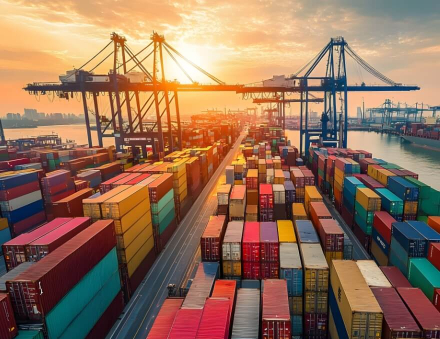Europe’s Largest Container Port Revolutionizes Planning
The partnership between Nextlogic and The Logic Factory (TLF) brilliantly demonstrates the power of combining technological innovation with collaboration. The current planning process for container barges at the port of Rotterdam is unlike any other and significant improvements in its efficiency are a direct result of strong partnerships.
“Integrated planning is something unique. What is happening now in Rotterdam does not exist anywhere in the world. It really is a quantum leap into system optimization and an absolute showcase.“— Matthijs van Doorn, Commercial Director, The Port of Rotterdam Authority.
The port of Rotterdam
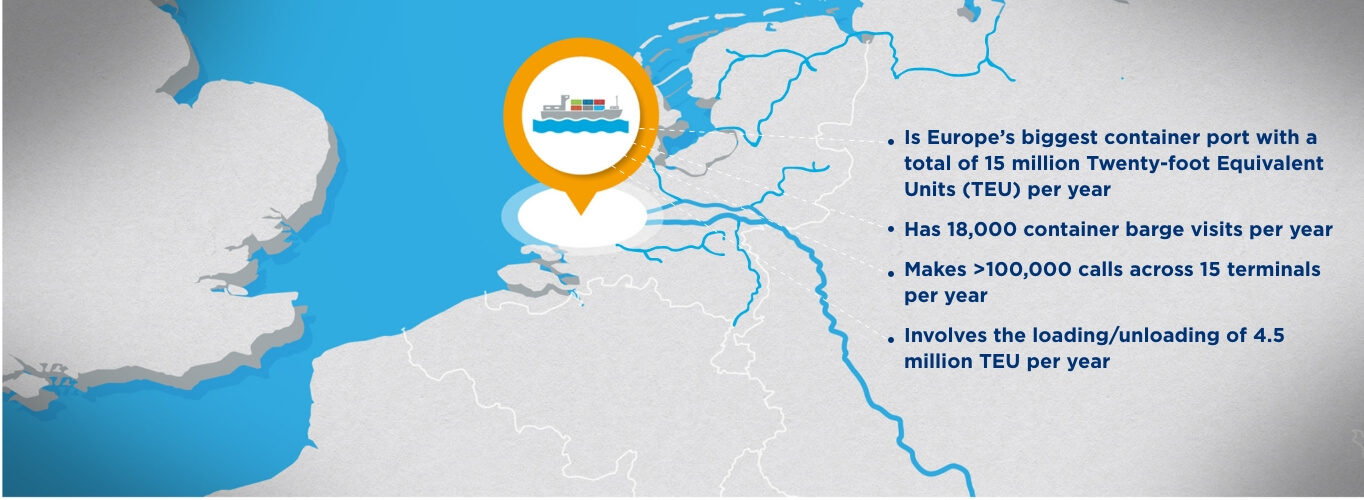
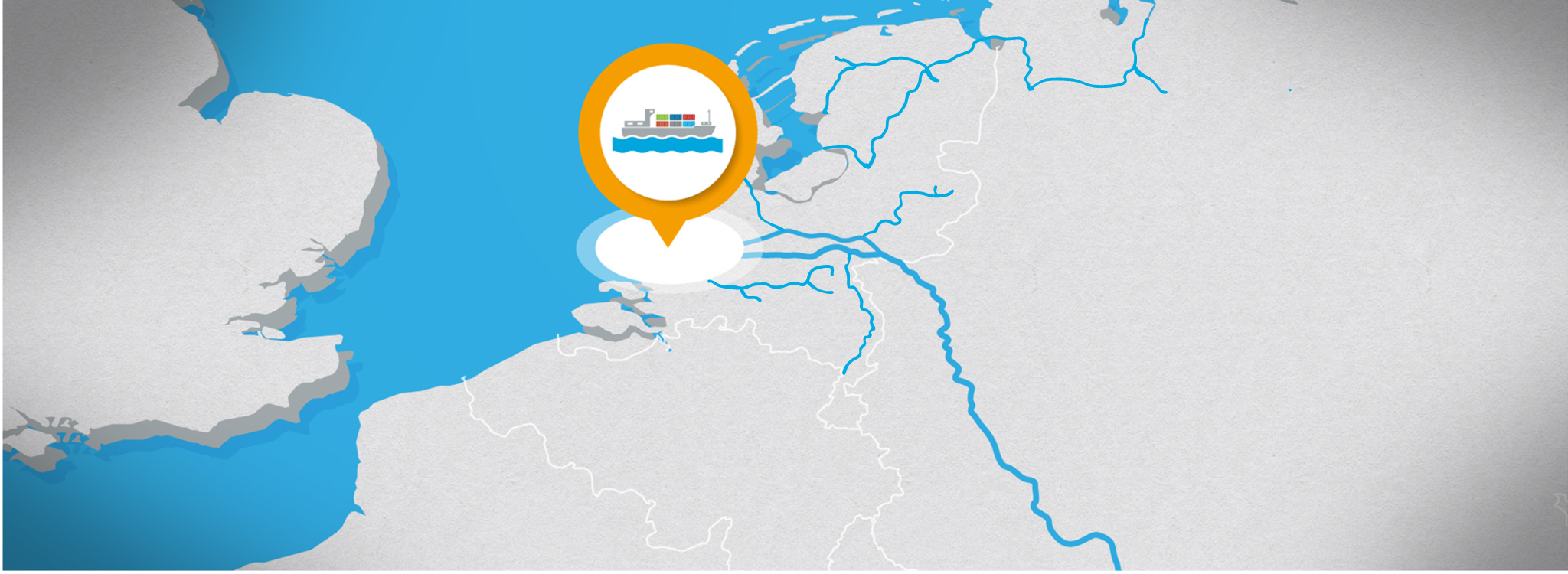
- Is Europe’s biggest container port with a total of 15 million Twenty-foot Equivalent Units (TEU) per year
- Has 18,000 container barge visits per year
- Makes >100,000 calls across 15 terminals per year
- Involves the loading/unloading of 4.5 million TEU per year
The challenge
Nextlogic was started by the port of Rotterdam in 2010 as a program to improve the handling of containers. Due to an increase in shipping volumes, the multi-terminal port faced congestion. Planners were not able to create an overall plan because of a lack of visibility.
Moreover, plans are subject to change due to various factors: vessels may arrive too early or too late, loading and unloading times may shift, waiting times could increase and sailing and idling times might change. The goal was to create an integrated plan that would reduce port stays and waiting times by optimizing all assets involved.
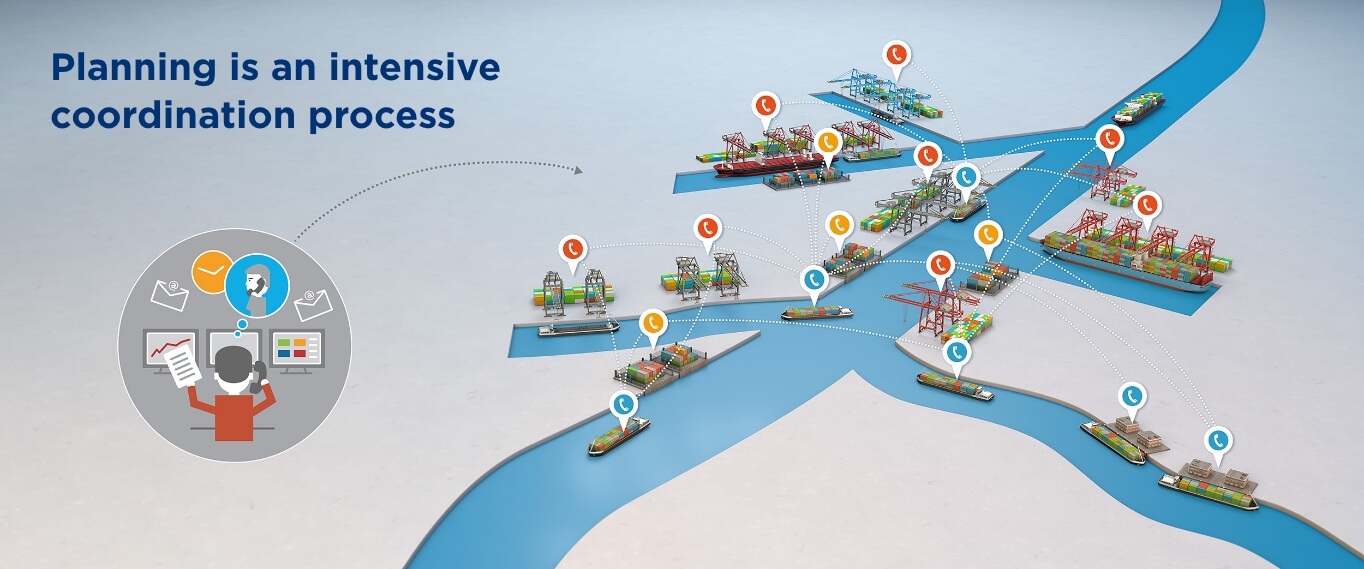
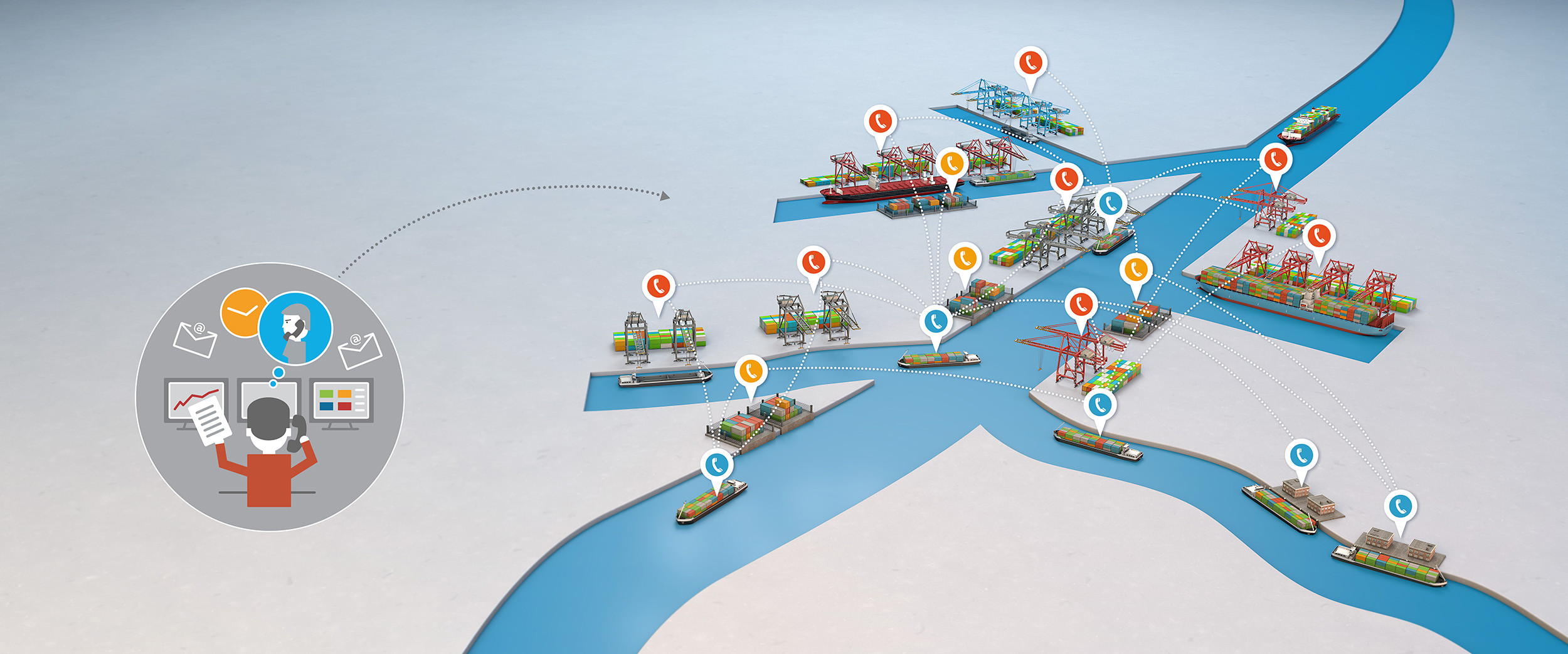
Planning is an intensive coordination process
How the partnership works
Nextlogic partnered with TLF to make integrated planning at the port of Rotterdam a reality.

“Collaborating with our participants, we enhance the container handling process for the future, with TLF being our reliable partner to incorporate this into the algorithm. As a result, TLF has become an important part of the port community.”— Sijbrand Pot, Managing Director, Nextlogic
An innovative optimizer – developed by algorithm experts at TLF – makes planning at the port unique. The optimizer runs 24/7, continuously improving the plan and reacting to data changes or incoming data.
The optimizer receives almost 40,000 new inputs each day with over 20 parties engaged in data transfer. It also considers hundreds of thousands of what-if scenarios, in the background, to ensure planning efficiency and excellence. If there is a sudden change in the arrival time of a ship, for example, this data is fed into the optimizer. It then automatically calculates a new, optimal plan and sends the changes to the planners in real time.
Designed to run as a ‘black box’, the optimizer works without requiring any manual intervention. However, Nextlogic users can always change supply and demand, and the optimizer will adjust the plan to these changes.
The most important timestamps are continuously updated; for example, the actual time of lifting the first container and the moment a ship sails away from a terminal. Other incoming data is processed every five minutes to improve multiple aspects of the plan:
- Solving conflicts; for example, when a ship is delayed, the integrated planning must be adjusted to the new reality or when something unexpected happens on the quay, vessels must be replanned elsewhere.
- Ensuring vessels pass through the terminals smoothly, so quays can be used as efficiently and effectively as possible.
- Reducing port stays and sailing times, which enhances the use of assets in the port and offers environmental benefits around fuel usage and so on.
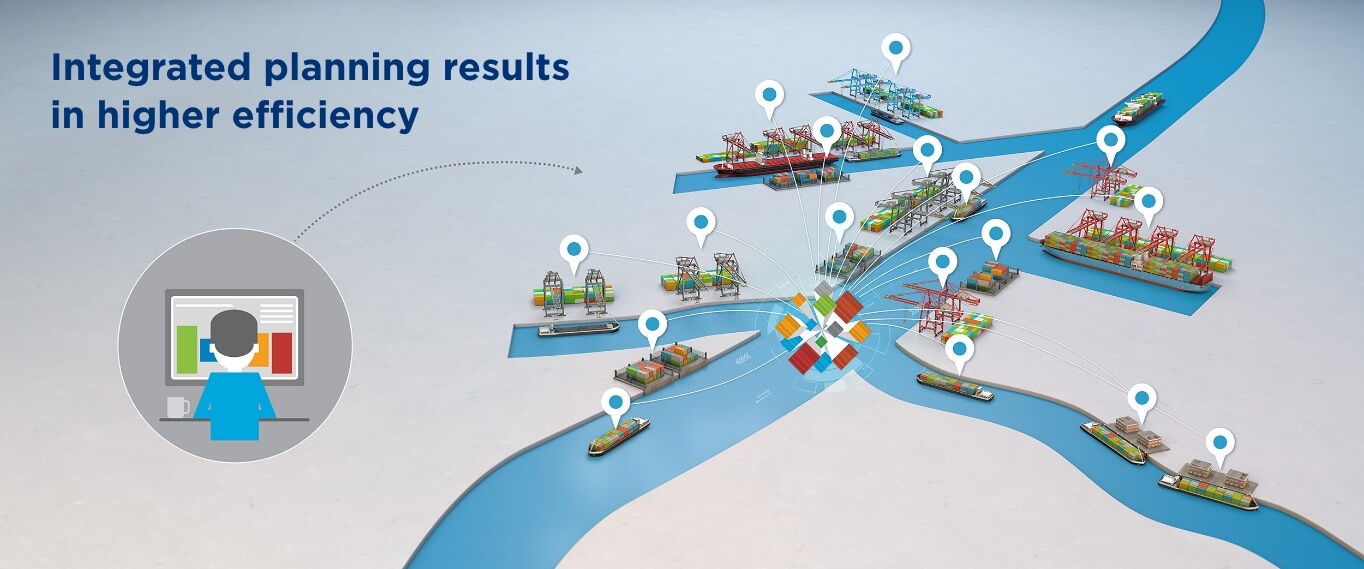
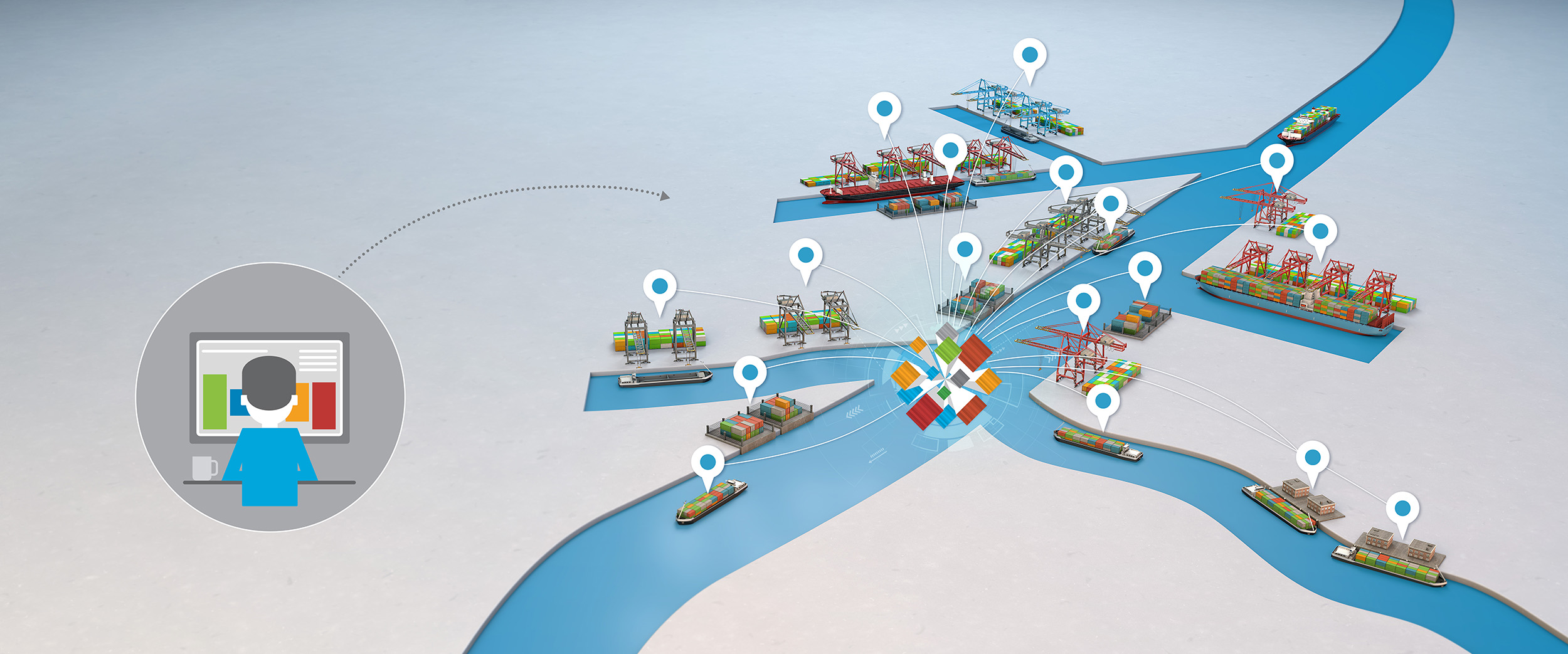
Integrated planning results in higher efficiency
Nextlogic and TLF work closely together to drive continuous improvement in the algorithm to accommodate ad hoc changes in the conditions at the port.

“I see our collaboration lasting for a long time into the future. It’s where state-of-the-art technology and teamwork meet. We’re [Nextlogic and TLF] committed to having a real-world impact on operational efficiencies to drive long-term value sustainably.”— Roel van den Broek, Chief Revenue Office, The Logic Factory
The results
Barge operators provide Nextlogic with their rotation, visits, and cargo information in advance. The container terminals and empty depots do the same with their available handling capacity. Managing all this data centrally, within the planning solution, is essential for the port to run smoothly.
Step by step, the supply chain for inland container shipping is being increasingly optimized. Container barges are handled quicker and planning becomes more reliable and efficient:
- Up to 20% shorter port stay
- In total, 25% more accurate bookings
- Up to 20% better use of terminal assets
The numbers demonstrate the success of integrated planning and optimization but there is more to come. The more terminals, depots, barge operators, and skippers that collaborate and follow the fully-integrated plan, the more efficient the planning. This will result in an even smoother transition of containers through the port and further reduce the environmental impact.



